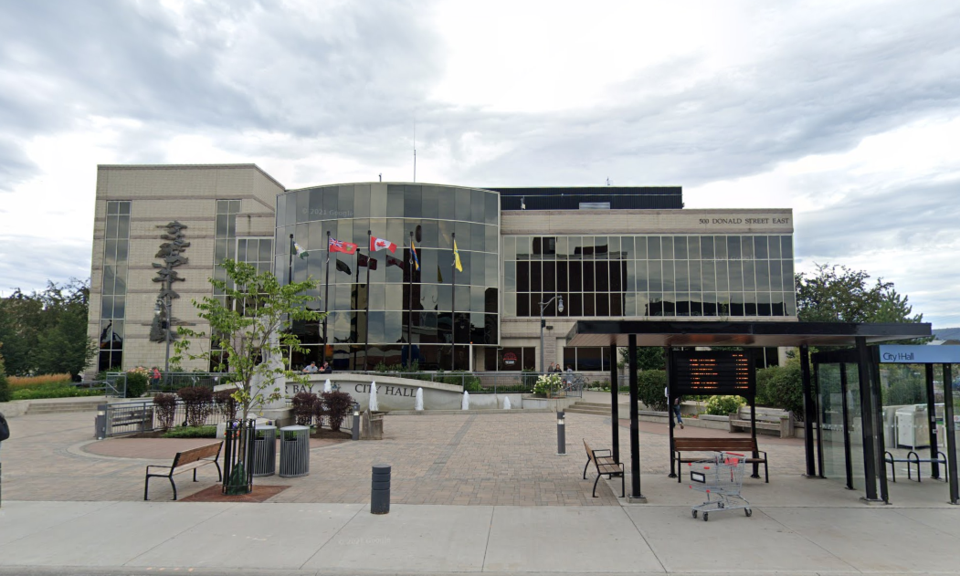THUNDER BAY – The City of Thunder Bay’s workforce is generally reflective of the community it serves but is falling short on Indigenous representation, according to the city’s latest employment equity report.
The results come from a voluntary survey conducted by the city every three years, asking staff to anonymously disclose demographic information – a fact that led at least one city councillor to question how representative the results truly are.
The report found the share of staff who identify as women (49.9 per cent), visible minorities (4.43 per cent), and people with disabilities (11.95 per cent) just slightly exceeded their representation in the local labour force.
Indigenous representation, however, lagged behind: 7.2 per cent of staff in the survey self-identified as Indigenous, compared to 9.69 per cent of the labour force, according to Statistics Canada’s 2016 census data.
That may underestimate the scope of the problem, however: researchers have suggested the census drastically under-counts the Indigenous population in Thunder Bay.
Indigenous people were most under-represented at the leadership level, the reported notes.
“This is top of mind for us,” said city manager Norm Gale when the report was presented to city council in June. “Some of the numbers are a little lower than we would have hoped, and this has our attention. Further diversifying our workforce is a long-term commitment, and we’re working in good faith to achieve our goals.”
The city also measured 2SLGBTIQ+ representation for the first time in 2020, with 5.1 per cent of staff identifying in that group. Statistics Canada does not collect comparable data for the labour force, the city said.
Around 39 per cent of the city’s roughly 2,000 employees filled out the survey, a response rate Gale called high enough to provide meaningful data, when pressed on the issue by Coun. Aldo Ruberto.
“I find it hard to judge a corporation based on 39 per cent of the people voluntarily coming forth,” Ruberto said. “I would hope we get more people coming forth with answers to simple questions… to help us make decisions [and] guide us.”
Work to better promote the survey helped boost participation from 24 per cent in 2017, said staffing supervisor Lorraine MacPhail.
She hoped to build on that progress, but noted the survey was voluntary. Some staff may be uncomfortable sharing person information, despite assurances the answers remain anonymous, she said.
Overall, 23.1 per cent of respondents identified in at least one of four equity groups tracked by the city: Indigenous peoples, visible minorities, persons with disabilities, and the 2SLGBTIQ+ community.
The report presented to city council on June 14 overstated that number by more than five per cent, incorrectly putting it at 28.68 per cent.
City staff acknowledged the error after it was raised by TBNewswatch, saying copies of the report would be updated with the correct information.
Despite seemingly strong representation among city staff, the report noted applications from women had been declining since 2011, making up only around 42 per cent of applicants in 2020.
The city presented a plan to support a diverse workforce and act on shortcomings identified in the employment equity report.
Actions include developing placement programs for all equity groups, consulting and partnering with community groups to encourage applications, and delivering more diversity training to staff, including revamped Indigenous cultural awareness training.
That plan was endorsed unanimously by city council on June 14.
